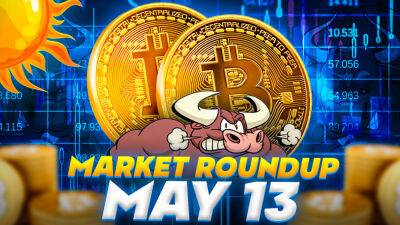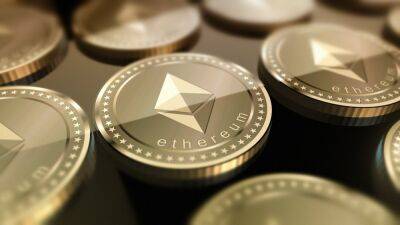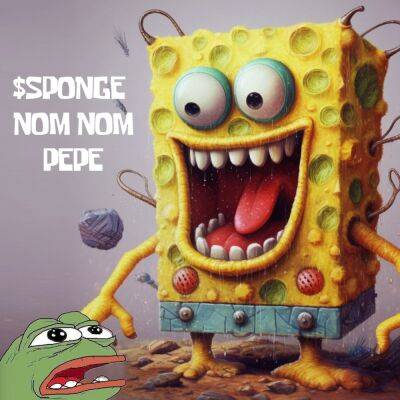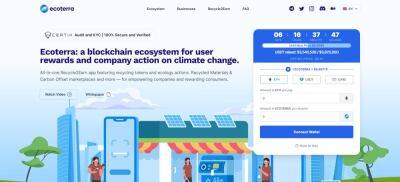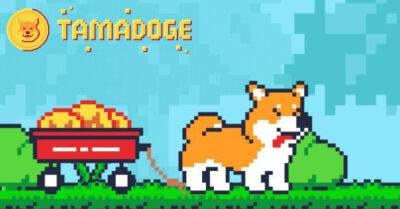Embracing the shift in Web3 gaming: From play-to-earn to play-and-earn
The blockchain gaming market has grown rapidly. The Polaris Market Research Blockchain Gaming Report shows that the total transaction volume for blockchain games reached $5.41 billion in 2022 and is expected to grow at a CAGR of 68.9% during their forecast period.
According to DappRadar x BGA Games Report 2022, Polygon’s emphasis on gaming and the metaverse led to a remarkable 338% UAW growth from the previous year, reaching an average of 97,384 daily UAWs. In 2022, Polygon’s popularity as a gaming chain soared, driven by successful game dApps like Arc8, Benji Bananas, Crazy Defense Heroes and Pegaxy.
As the industry evolves, there’s a paradigm shift from the traditional play-to-earn (P2E) model to a more sustainable and inclusive play-and-earn (PAE) approach. This shift is crucial to address the criticisms of P2E, ensuring enjoyable gaming experiences while maintaining financial rewards for players.
In this article, we will explore both models, compare them and discuss why the PAE model is essential for the long-term success of the Web3 gaming industry. We will delve into P2E and PAE models, comparing them and discussing the essential changes the industry must make for sustainable growth and long-term success.
The P2E model, enabling gamers to earn digital assets, has revolutionized the gaming industry. DappRadar reports that gaming accounts for nearly 50% of dApp on-chain activity. In 2022, daily unique active wallets (UAW) linked to game dApps surged by 60% year-over-year, with on-chain game transactions reaching 7.4 billion—a 37% annual increase and a 3,260% growth since 2020.
The P2E model revolves around players participating in games, completing tasks and receiving in-game rewards or cryptocurrency as compensation.
Read more on cointelegraph.com
 cointelegraph.com
cointelegraph.com




